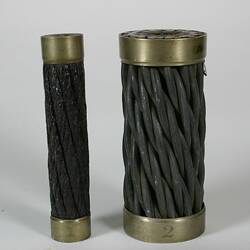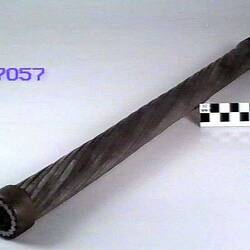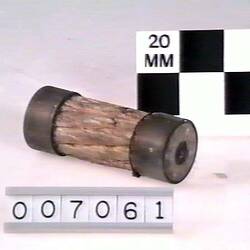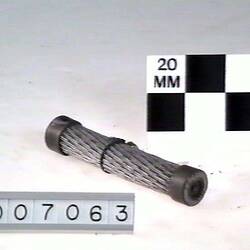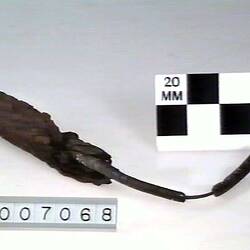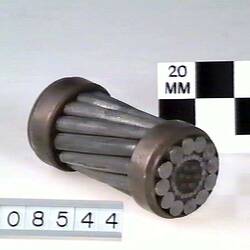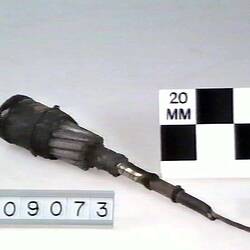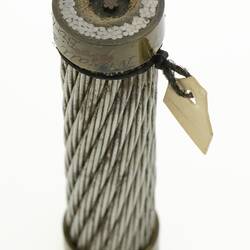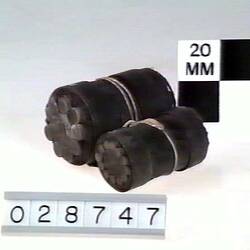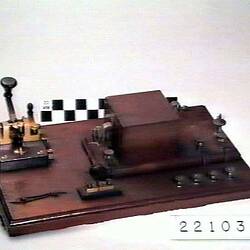Ever since the opening of the first Australian telegraph line between Melbourne and Williamstown in 1854 there had been strong pressure to establish a telegraph link with Europe. The telegraph lines from Europe gradually extended eastward across the Mediterranean and the Middle East. An attempt to extend the line to India via a cable between Suez, Aden and Bombay in 1860 was unsuccessful when the cable failed repeatedly. An alternative route was found in 1864 and the line extended to India, Ceylon, Malaya and the East Indies. By November 1871 a submarine cable had been laid between Java and Port Darwin. In October 1872 the Overland Telegraph line between Darwin and Adelaide was finished, and the Australian telegraph network was linked directly to Europe.
This link with Europe ultimately resulted in significant economic benefits for the Australian colonies. The rapid exchange of commercial information allowed better co-ordination of the supply of and demand for agricultural produce, manufactured goods and raw materials. The ability of overseas investors to keep track of changing conditions in Australia encouraged investment and speculation in mining and other ventures.
One of the greatest benefits of the new telegraph link was the rapid arrival of news. News items could now arrive within hours of being written in Europe, rather taking weeks or months to come by sea. Anticipating that the initial cost of sending messages from Europe would be very high, the Melbourne Argus and the Sydney Morning Herald newspapers formed Associated Press and entered into an agreement with Reuters to transmit news items to Australia. These items would then be made available to other Australian newspapers on a subscription basis. Associated Press lobbied hard for some form of legal protection of their investment. The result was the passage through the Victorian Parliament in 1871 of the first copyright legislation in the world to protect electronically transmitted news material. Copyright applied to a telegraphed news item for a period of twenty-four hours from its first publication by Associated Press or by one of its subscribers. The legislation lapsed after about eighteen months but it is significant in being an early attempt to legislate to cover copyright in the electronic media, an issue which is still under discussion in 2008.
The telegraph link between Europe and Australia via the Middle East and Asia traversed territory not under British control and the security of the link was of some concern. The first trans-Atlantic telegraph cable was completed in 1858 but operated for only a short time. In 1866 a reliable link between Europe and Canada was finally established. A telegraph cable across the Pacific between Canada and Australia via Fiji and Norfolk Island was completed in October 1902. For the first time the globe was completely encircled, via Australia, by telegraph cables. Melbourne users of the telegraph now had the choice of two lines for communicating with London. One was the original line through Asia and Europe, the other was the new line across the Pacific and through Canada, traversing only territory that was part of the British Empire - the so-called 'All Red Route'.
With the completion of the Pacific cable, the telegraph finally 'girdled the earth'. The use of the telegraph for government, business, news, and personal purposes had become so widespread that the technology involved had faded into the background and become part of everyday life. In Melbourne, in fifty years, our electronic connections had gone from a single wire stretching eighteen kilometres to Williamstown, to links to the four corners of the globe. The spider web of land and submarine cables around the world formed the basic infrastructure on which the internet has been built.
More Information
-
Keywords
-
Authors
-
Article types



